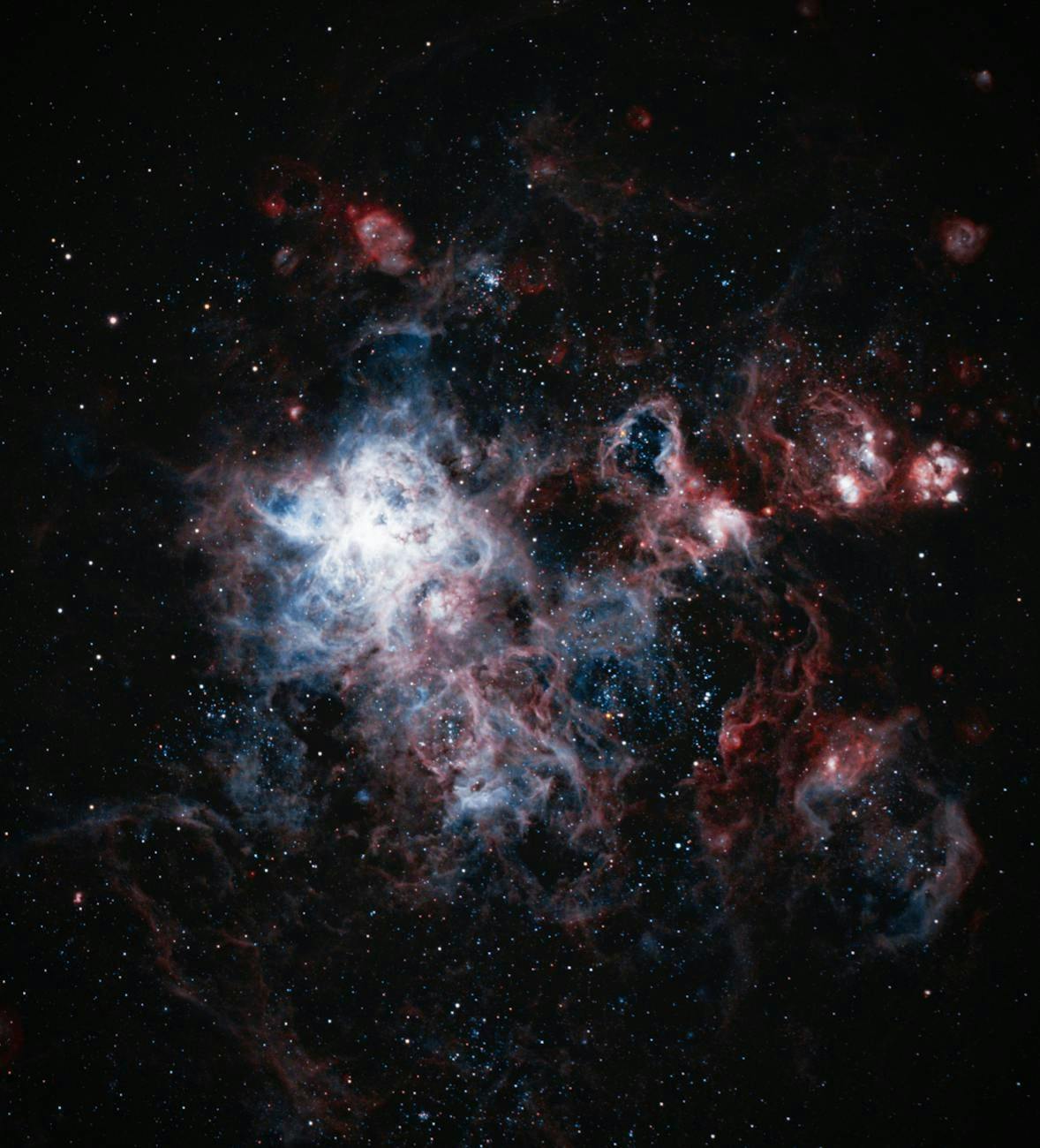
"The inhabitants of Kalgash experience darkness for the first time due to an eclipse from a previously unknown moon, leading to their civilization's collapse."
"Asimov's 'Nightfall' is a profound exploration of how a prolonged absence of light can unravel the fabric of civilization and human sanity."
"The intricate dynamics of the Kalgash planetary system emphasize the interplay between astronomical events and their catastrophic effects on societal structures."
"By analyzing the feasibility of Kalgash, the study links theoretical physics with literary imagination, showcasing how science fiction can provoke philosophical questions about existence."
This article investigates the fictional planetary system of Kalgash, featured in Asimov's 'Nightfall,' where six suns prevent darkness. An eclipse reveals the visible universe to the inhabitants for the first time, resulting in mass hysteria and societal collapse. The study assesses the astronomical mechanics of this fictional world, including the implications of orbital dynamics, and describes how Asimov's narrative merges scientific accuracy with profound philosophical insights about civilization's resilience when faced with existential crises.
Read at Hackernoon
Unable to calculate read time
Collection
[
|
...
]